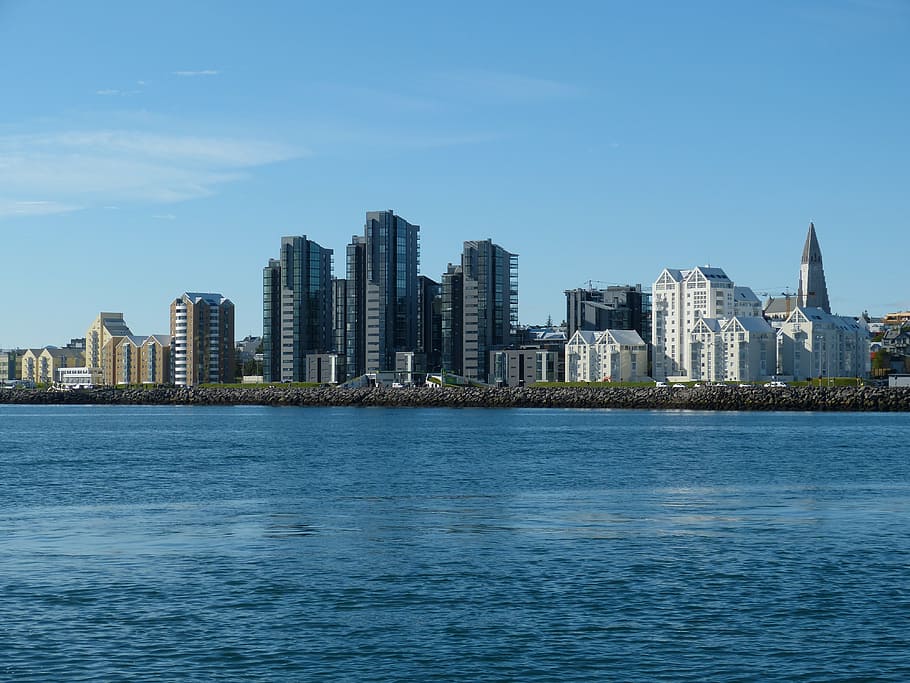The Impact of Venue Selection on Interaction Flow

본문
A venue serves as more than scenery; it actively shapes the flow of interaction.
Choosing the right place can turn a dull presentation into a dynamic conversation, while a poorly matched setting can choke even the most enthusiastic team.

Why Venue Matters
Physical layout determines movement. A circular table invites everyone to see each other, whereas a U‑shaped stage can unintentionally create a hierarchy that silences side voices.
Sound characteristics affect how well people can hear each other. High ceilings can drown whispers, while small carpeted rooms may echo voices, disrupting the continuity of conversation.
Lighting shapes attention and ease. Glare from bright lighting can strain eyes in long sessions, whereas warm, soft lighting helps participants remain relaxed and receptive to sharing.
Integrating technology reshapes interaction cadence. Rooms outfitted with wireless mics, real‑time polls, and screen sharing sustain engagement, 大阪 街コン whereas venues missing these features compel attendees to concentrate on the speaker and neglect the room.
Venue Types and Their Interaction Signatures
Conference Rooms
L‑shaped or boardroom layouts usually spotlight the speaker; swapping seating or adding movable furniture supports breakout sessions.
Including a whiteboard or digital flip‑chart aligns the group visually, cutting down side chats.
Open‑Plan Offices
A casual environment promotes impromptu brainstorming but can also invite distractions; acoustic panels or movable partitions enable teams to isolate quiet zones for focused work.
Since people often wander, "hot spots" for idea generation arise naturally—such as a coffee bar or a whiteboard wall.
Outdoor Spaces
Natural light and fresh air boost creativity, but weather and acoustics can be unpredictable. Wind can carry voices away, making it hard to hear.
A tent or pergola outfitted with sound‑absorbing panels can alleviate this.
Outdoor settings promote informal interaction yet may lack privacy for sensitive talks; setting aside a separate covered zone can address this.
Hybrid (Virtual + Physical) Venues
The "zoom room" design balances on‑stage and off‑stage participation. A central camera that follows the speaker, coupled with a secondary camera that captures audience reactions, keeps virtual attendees engaged.
Remote participants require clear sightlines to the screen, and the audio system must integrate with the virtual platform without delay.
Tips for Selecting a Venue That Supports Interaction Flow
Chart the anticipated movement flow; for breakout sessions, make sure there's ample room for people to move without crowding.
Test acoustics. A quick "shout test" can show whether a room distributes sound evenly or produces "dead zones".
Consider lighting and temperature; a comfortable setting lowers fatigue, thereby sustaining attention.
Evaluate technology readiness. Verify that the venue can meet your audio‑visual requirements, Wi‑Fi bandwidth, and specialized gear.
Reflect on psychological comfort; a secure, inclusive space inspires speaking, and décor, natural materials, and flexible seating add value.
Case Study: Turning a Boardroom into a Brainstorming Hub
A mid‑size tech company used to conduct quarterly strategy meetings in a shiny boardroom featuring a lone high‑back chair for the CEO. The turnout was weak, and attendees frequently fell quiet following the CEO’s talk. They redesigned the setting: replacing the single chair with a round table, adding movable stools, and fitting a wall‑mounted screen for live polling. They also placed a small "idea wall" where people can pin sticky notes. As a result, participation grew by 30%, shifting from monologue to dialogue.
Conclusion
Venue selection is not a mere logistical matter; it underpins how people connect. Whether it's a workshop, corporate meeting, or community gathering, regard the venue as a facilitator of interaction. Aligning the space with your desired flow—via layout, acoustics, lighting, and tech—lets you convert any gathering into a dynamic, collaborative event.

댓글목록0
댓글 포인트 안내